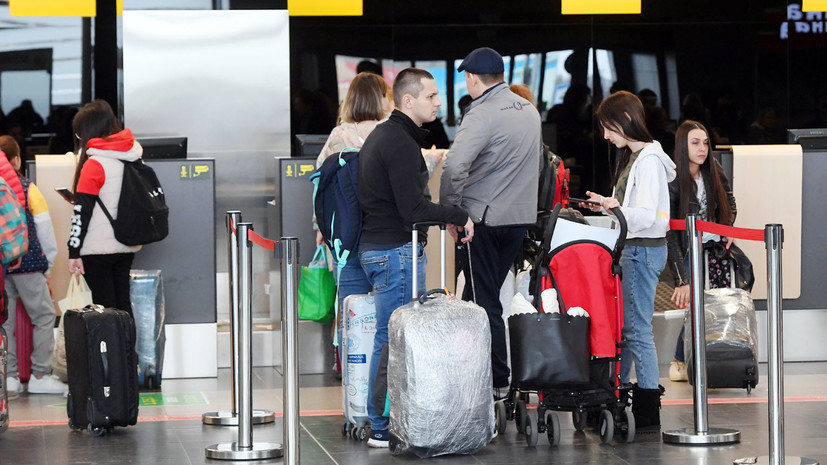According to experts, the largest decline in the resident population was recorded in Saratov (19.0 thousand people), Omsk (17.6 thousand), Kemerovo (16.5 thousand) and Volgograd regions (15.8 thousand), as well as in the Altai Territory (15.8 thousand).
Director of the Institute for Social and Economic Research of the Financial University under the Government of Russia, Alexei Zubets, notes that it is incorrect to compare the regions in terms of absolute mortality and birth rates.
“In large regions there will be more births and deaths than in regions with a small population. Therefore, for a correct understanding of the demographic dynamics, it is necessary to look not at absolute, but at relative indicators of fertility, mortality, migration flows - per 1000 inhabitants of the region, ”he explained.
So, according to him, in 2018 the leaders in the number of deaths per 1000 inhabitants were Pskov, Tver, Novgorod, Tula and Ivanovo regions.
“But even these indicators do not reflect the demographic processes too accurately. The fact is that if there are few young people in the region, then, accordingly, the proportion of older people will be higher. As a result, mortality in such regions will be high - simply due to the dominance of older people, ”Zubets added.
He explained that high fertility and low mortality rates may be in regions with not the highest standard of living, but provided that many young people live there.
“The most comprehensive, universal indicator of the quality of life in the region, the quality of social policy and the state of regional medicine is the average life expectancy,” the expert emphasized.
According to the data for 2018, the lowest rates were recorded in the Amur Region (69.11 years), the Trans-Baikal Territory (68.99), the Jewish Autonomous Region (68.6), the Republic of Tyva (66.47) and the Chukotka Autonomous Region ( 63.58 years).
At the end of December, the Federal State Statistics Service announced that the total population of Russia at the beginning of 2020 would amount to 146.7 million people, and by 2036 a decrease to 142.9 million people is projected.
The first deputy chairman of the State Duma Committee on Education and Science, Gennady Onishchenko, in an interview with the FAN, called for all efforts to maintain the optimal birth rate and ensure a decent life for families with children.

